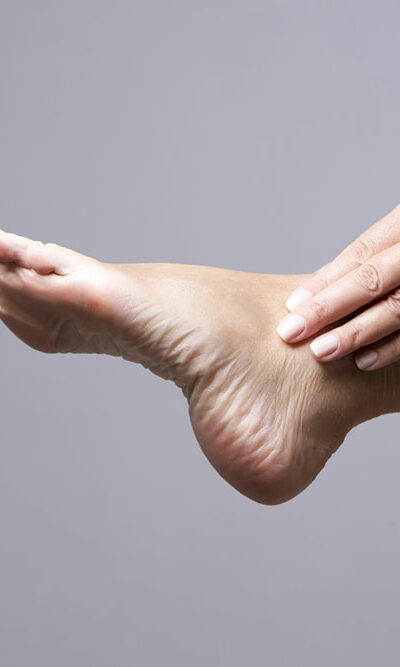
Dry Eye Symptoms and Ways to Treat Them
Dry eye syndrome is a common health condition attributed to inadequate lubrication of eyes. It can happen either due to insufficient production of tears or low-quality tears. Dry eyes are very uncomfortable and cause a burning sensation in the eyes. Generally, dry eyes develop due to uninterrupted working on computer screens, sitting in air-conditioned rooms for longer durations, or while long driving. Here is a closer look at dry eye symptoms and treatment options. Prevalence According to one estimate, millions of people in the country suffer from dry eyes. Moreover, it increases with increasing age, and women are more prone to develop dry eyes compared to men. Causes of dry eyes Several factors lead to dry eyes. A few are listed below: Use of medications such as antihistamines, birth control pills, and hormone replacement therapy Dry eyes are more prevalent in people aged above 50 Vitamin A and vitamin B 12 deficiency, diabetes, and thyroid disorders are also linked with dry eyes Insufficient blinking, allergies, and autoimmune disorders Chronic conjunctivitis Symptoms of dry eyes Common dry eye symptoms are: Red eyes and burning sensations and eye fatigue Blurred vision and light sensitivity Difficulty in driving A problem in wearing lenses Ways to treat dry eyes Use of lubricants Mild dry eye symptoms due to excessive use of computer or reading can be treated with artificial tears or lubricant eye drops. Other options are the use of gels and/or lubricants after consultation with a doctor. Lifestyle changes Take periodic breaks while working on a computer screen. Blinking eyes frequently and closing them for a few minutes while using a smartphone or any digital device may also help in reducing the symptoms of dry eye. This allows basal tears to spread uniformly across the eye. In case of long driving, wear proper sunglasses which covers the eyes completely thus protects your eyes from dust particles and warm air.










